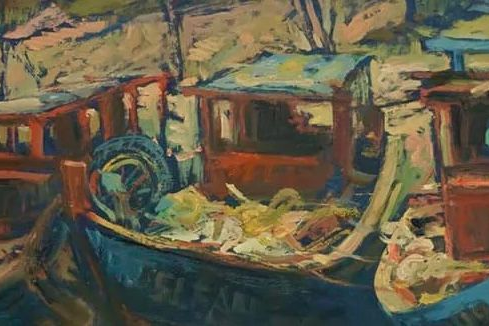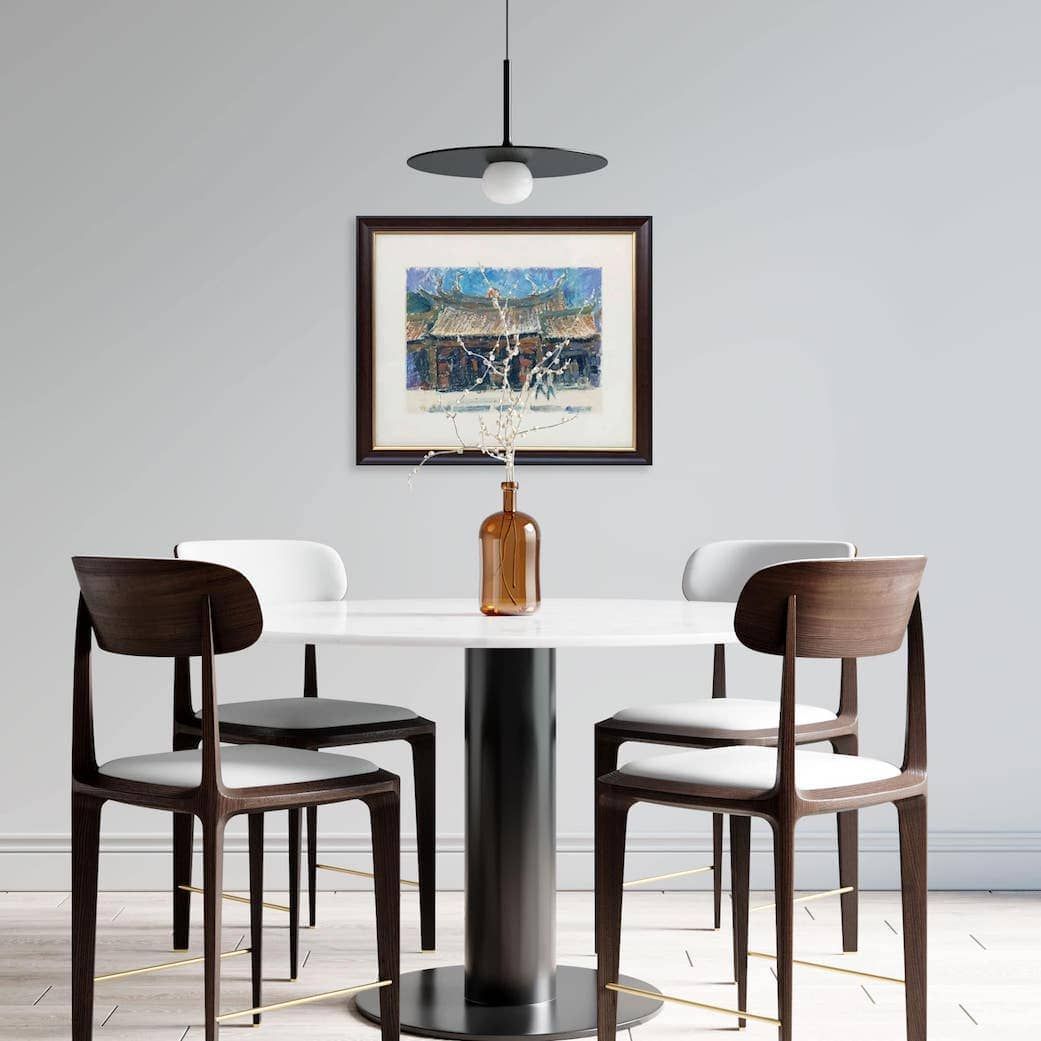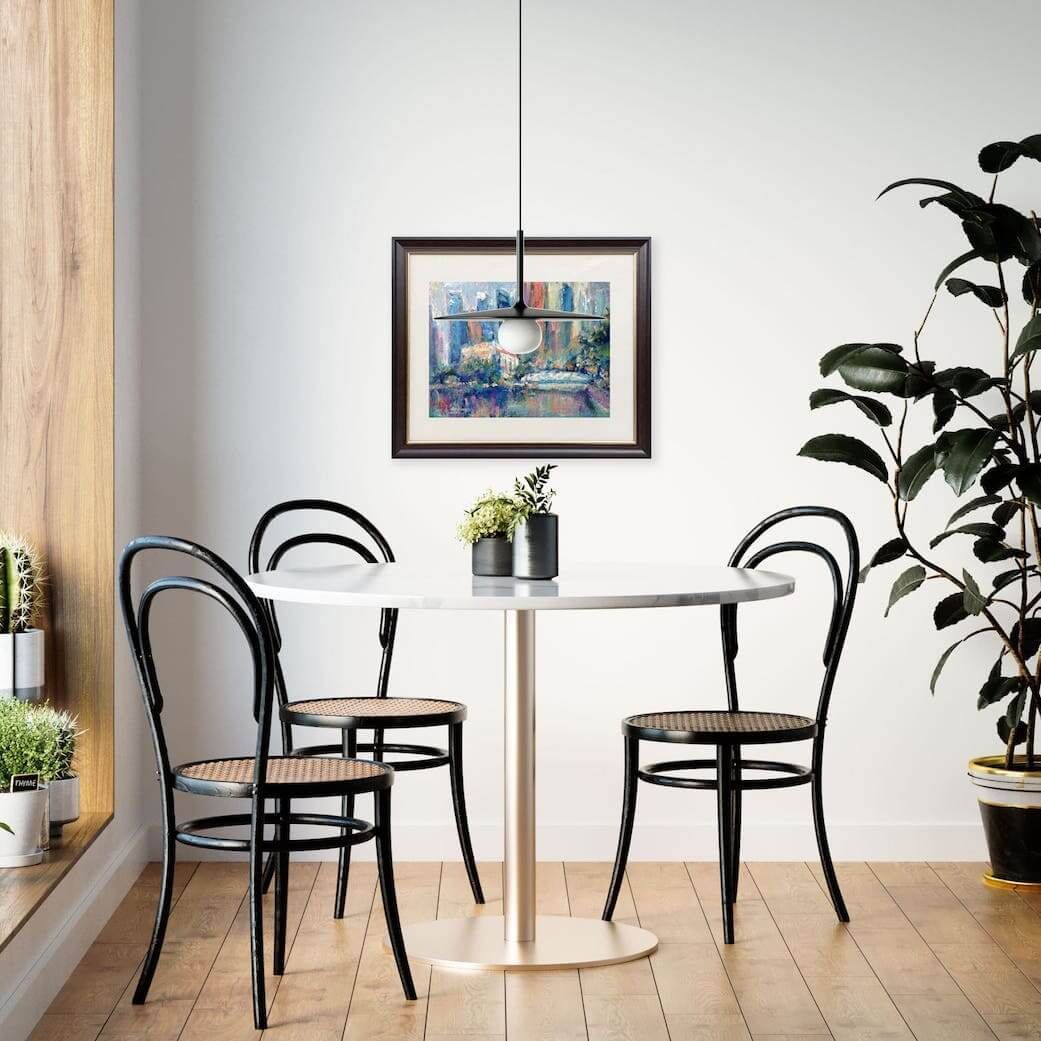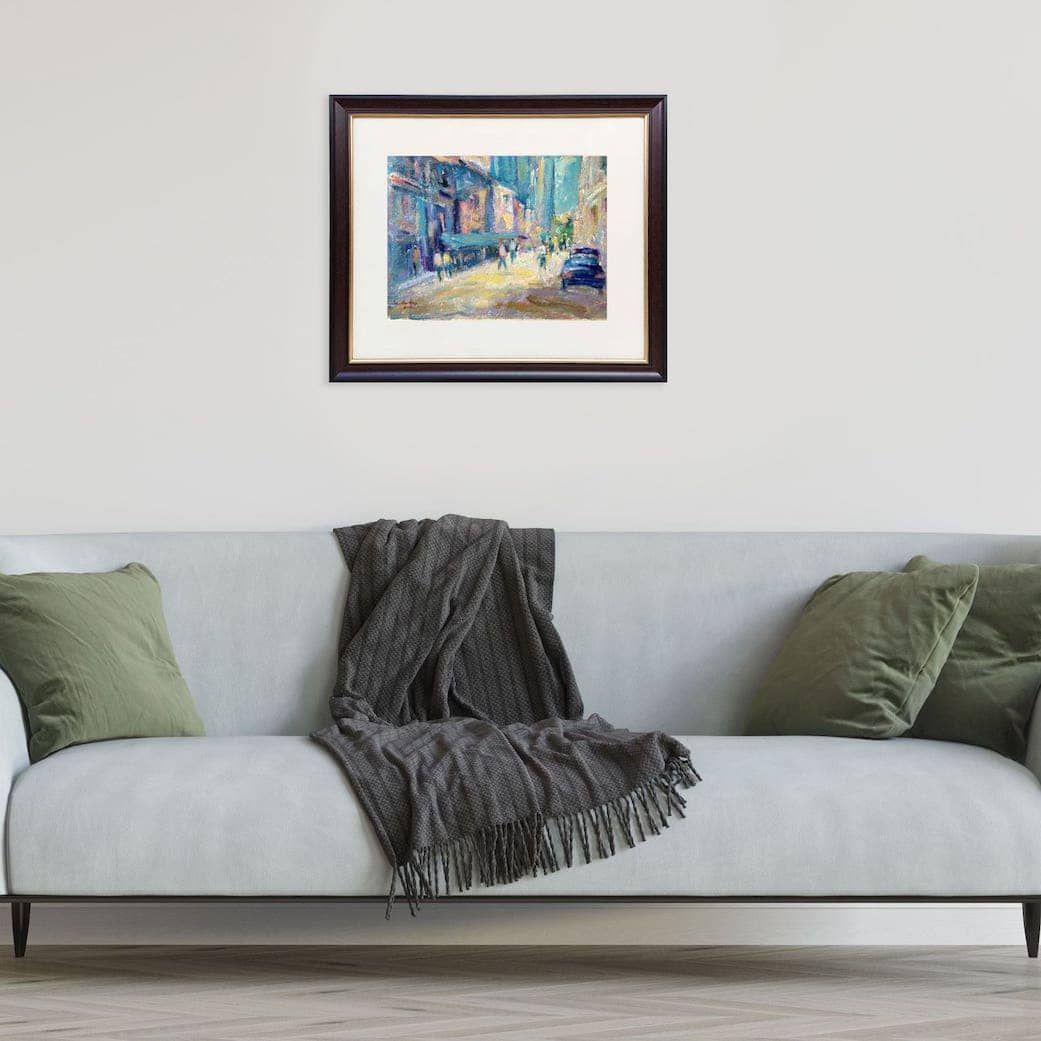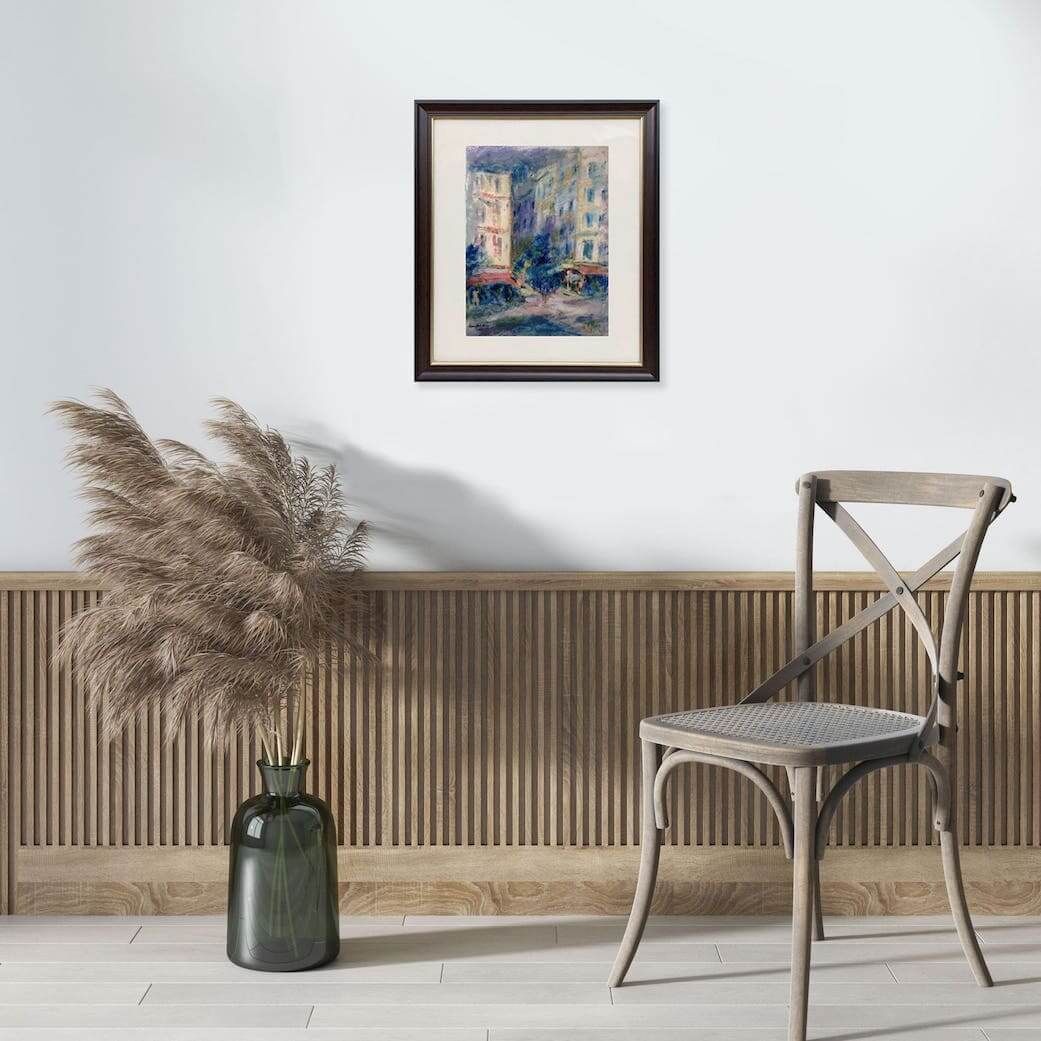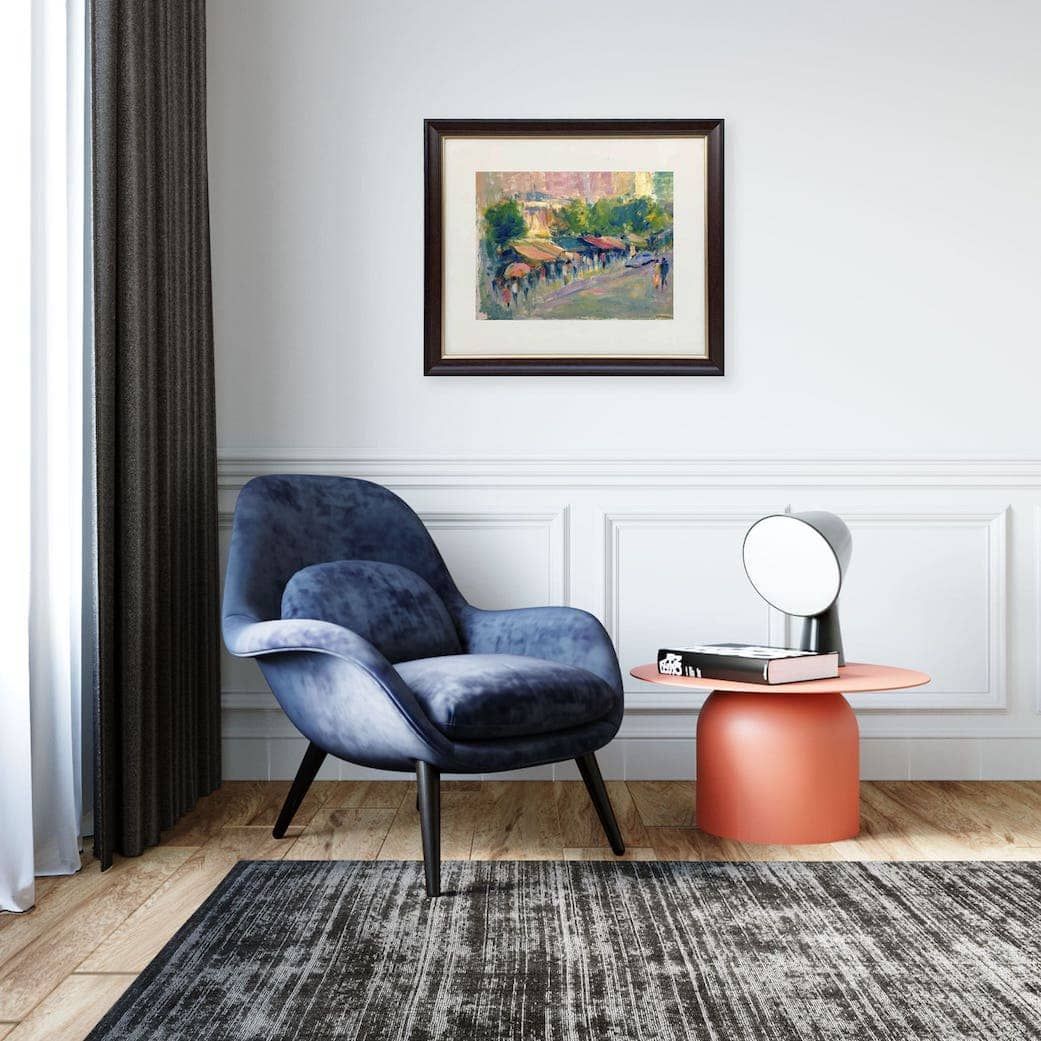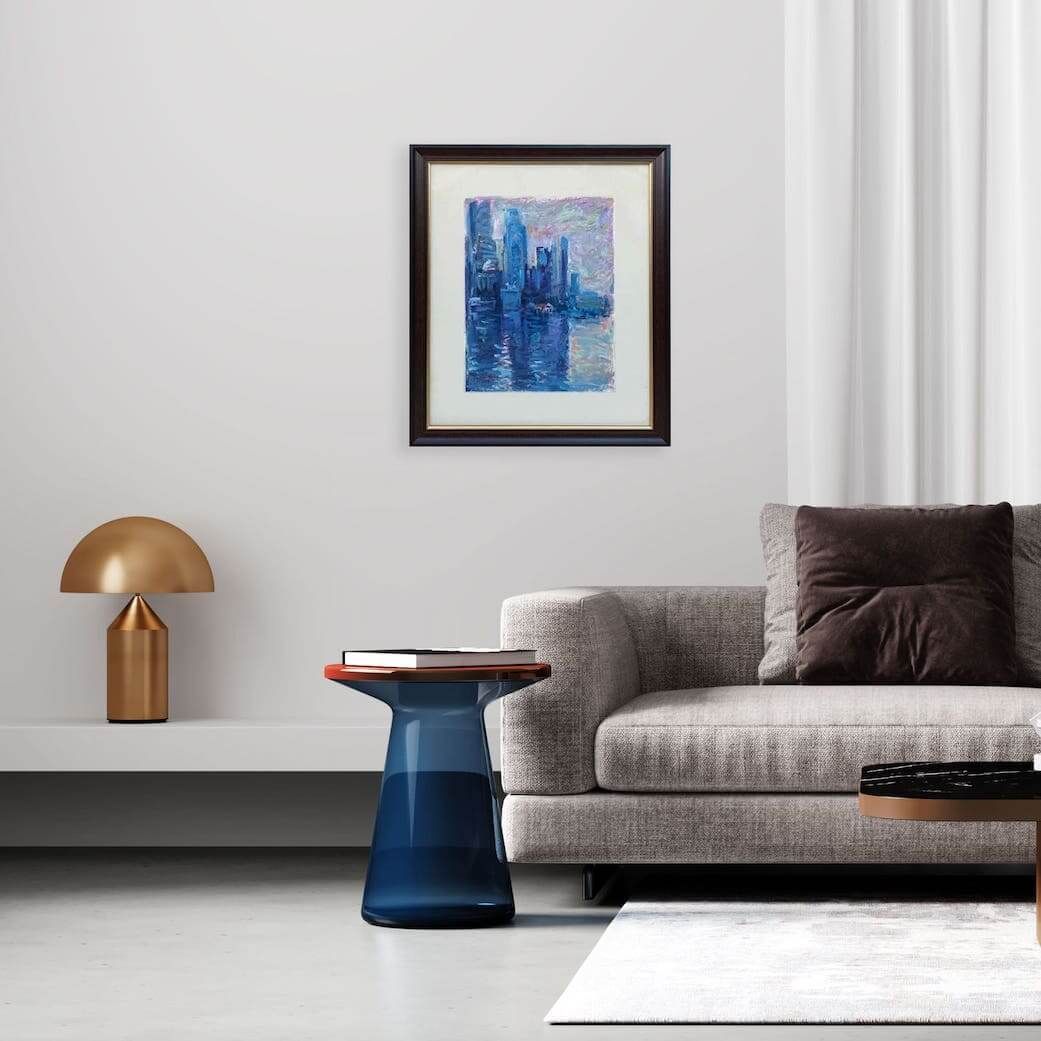Understand the Value of Your Art
Step 2: Understand the Value of Your Art
Before you even think about setting a price or finding a buyer, the absolute first step is to get to know your paintings inside and out.
This is not just about admiring them (though you should definitely do that too!). It is about understanding their value.
Taking some time to research and understand what you have will be invaluable in determining the best art resale strategy.
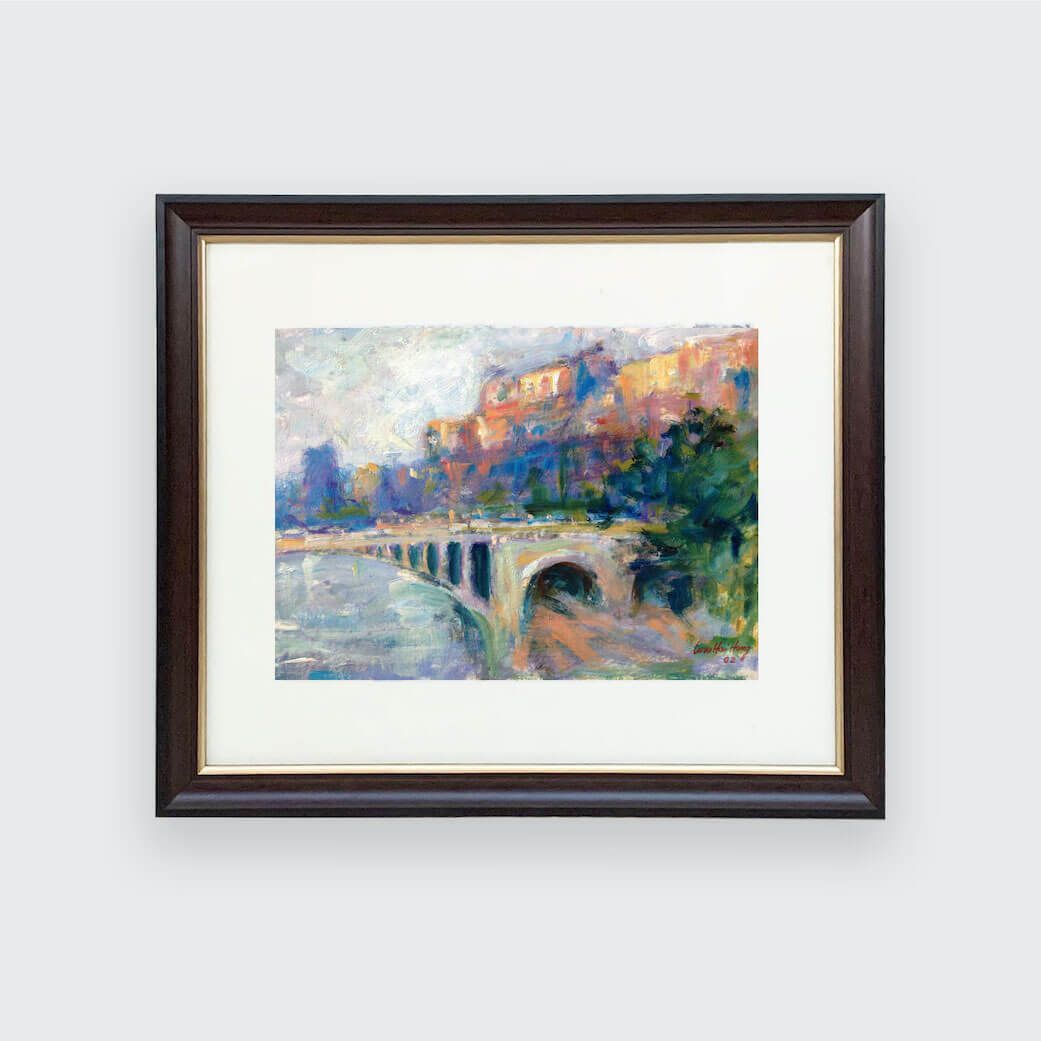
Where to Research
Artist Websites and Galleries
Often provide artist bios, exhibition histories, and insights into their work.
Auction House Databases
Major auction houses like Sotheby's, Christie's, and smaller regional ones have extensive online databases of past sales results.
This is invaluable for getting a sense of what similar works by the same artist have fetched.
Art Market Databases
Subscriptions to services like Artnet or Artprice offer comprehensive data on art sales and market trends.
Art Appraisers
For high-value pieces or if you are unsure, a professional art appraiser can provide an expert valuation.
Get to Know Your Artwork
It is essential to understand the pieces you own. Take some time to research the artists, the styles, and the value of your paintings. Here are a few key questions to consider:
- Who is the artist? Is it a well-known name, an emerging artist, or a local talent? The artist's reputation and career trajectory significantly influence the artwork's resale value.
- Is the painting an original, a print, or a limited edition? Is it oil on canvas, acrylic, watercolour, mixed media? And what are the dimensions?
- Do you have a certificate of authenticity?
- What condition is it in?
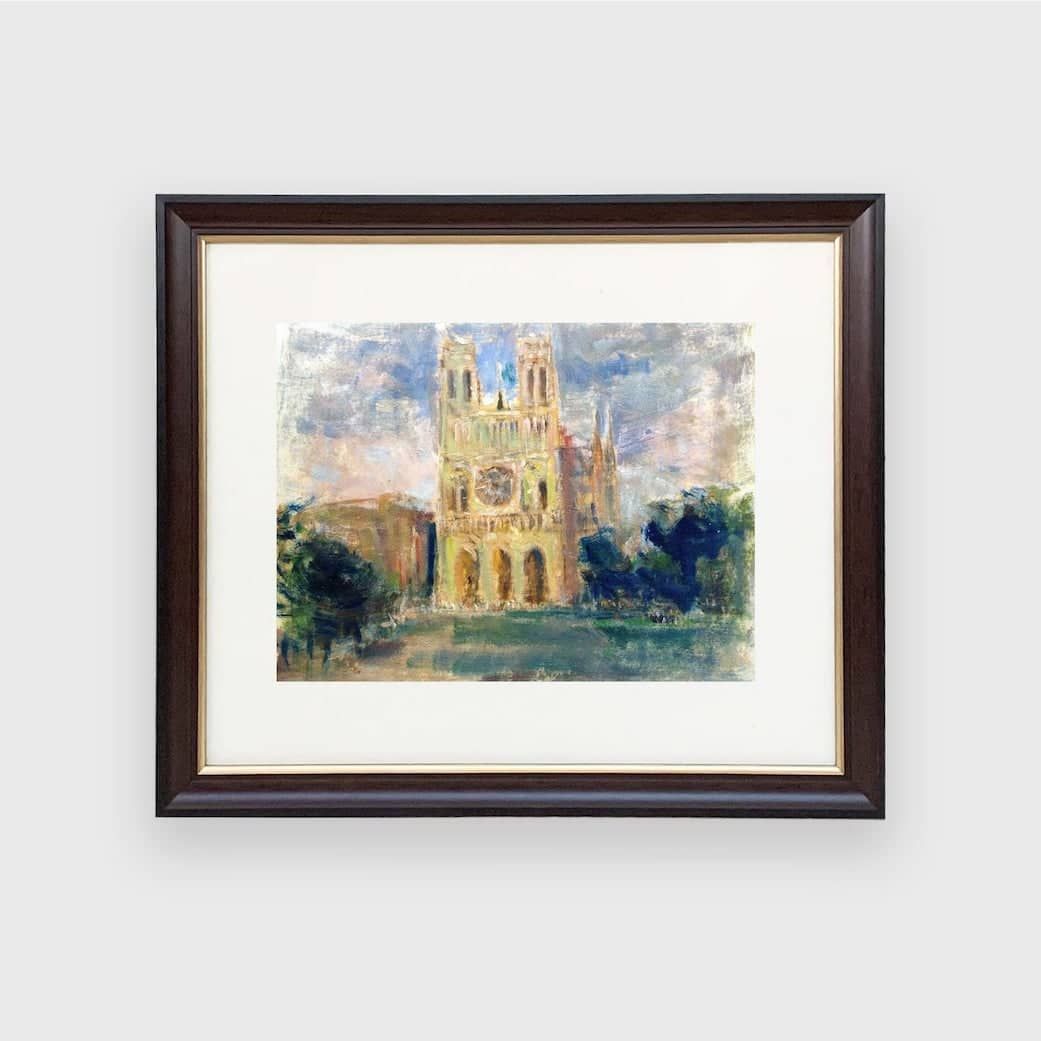
Assess the Value of Your Artwork
Artist Recognition
Is the artist well-known or emerging?
Well-known artists often fetch higher resale prices, especially if they have a history of exhibitions, awards, or auction results.
Provenance and Documentation
Do you have any certificates of authenticity, purchase receipts, or exhibition history for the artwork?
These documents not only prove ownership but also add to the painting’s credibility and value.
A strong provenance (e.g., if it was owned by a famous collector or exhibited in a prestigious gallery) can add significant value.
Condition of the Artwork
Paintings in excellent condition will naturally have a higher resale value.
A professional conservator can assess the condition and even perform restoration, which can affect the resale value.
Market Demand
Research if there is demand for the artist’s work or the style of painting you own.
Use online platforms like Artsy, Artnet, or auction house databases to check for similar pieces and how much they sold for.
Determine the Value
Once you have gathered information about your Artwork, it is time to determine their value. You can do this by:
Comparing Similar Works
Look at online marketplaces or galleries to see what similar pieces are selling for.
Checking Auction Results
Websites like Sotheby’s and Christie’s publish auction results that can give you insights into the current market.
Consulting With Experts
If you are unsure, consider getting a professional appraisal.
They can provide you with a more accurate valuation, which gives you a clearer idea of pricing and increases buyer confidence when it comes time to sell.
